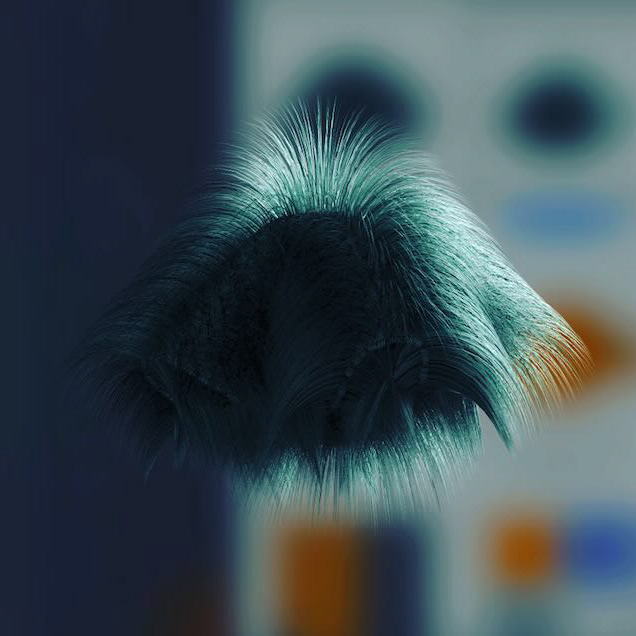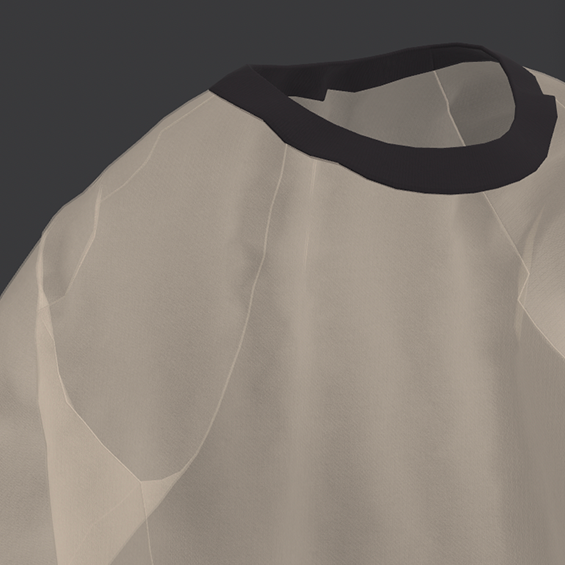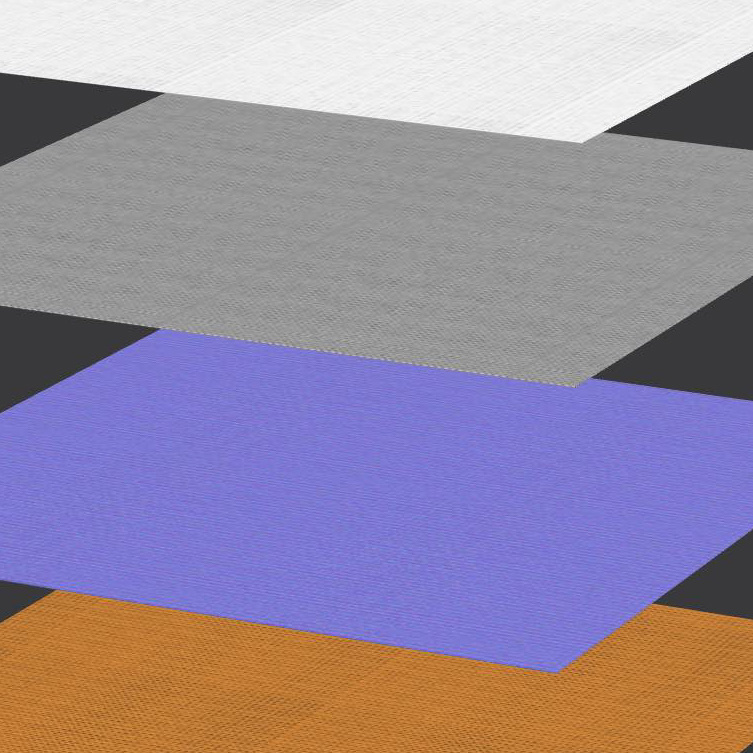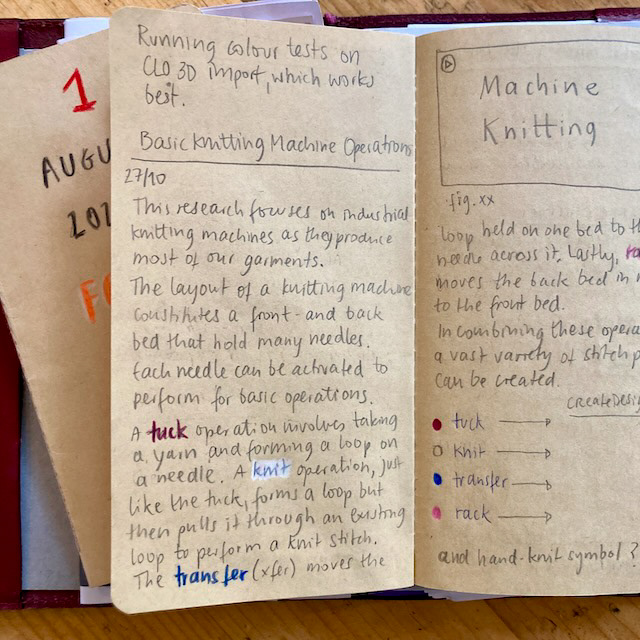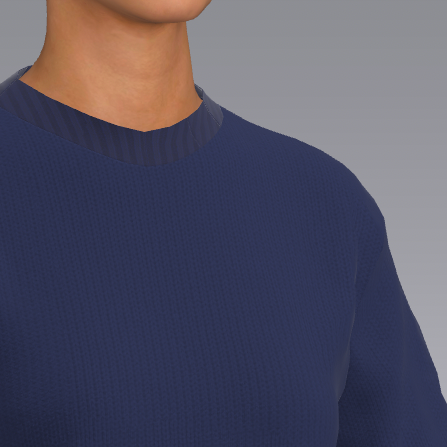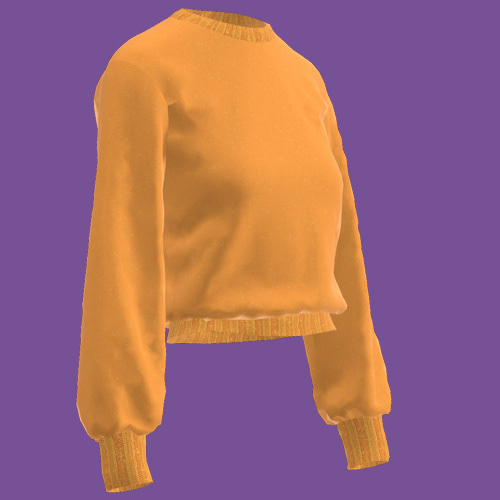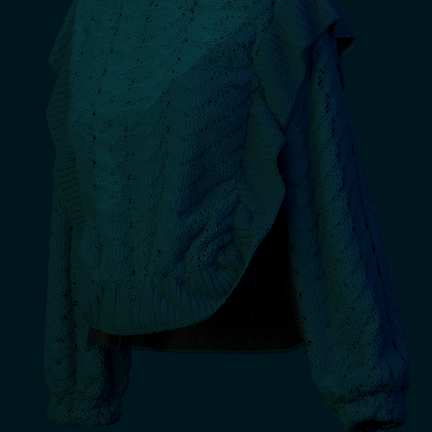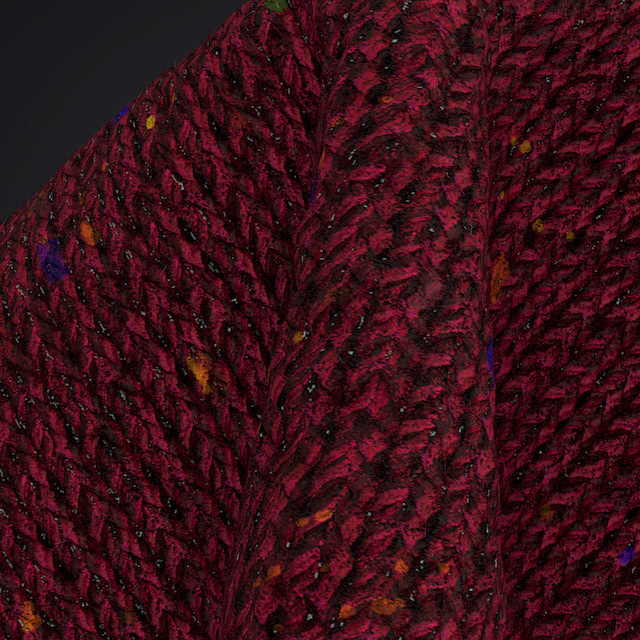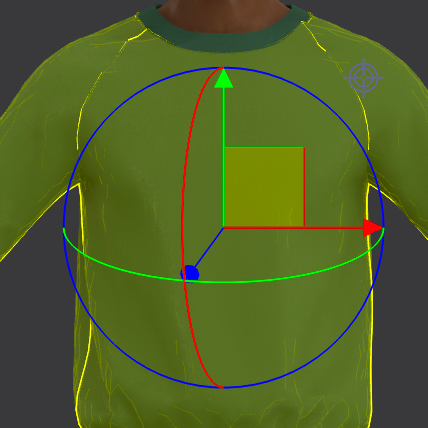Knit construction (Infographic, 2022)
Knit is constructed using a yarn by intertwining loops. A vertical column of loops is called a wale, and a horizontal row of loops is called a course.
Knit Types
The direction in which the yarns are looped determine the knit type. The two main types of knits are weft-knits and warp-knits. Weft-knits are looped together along the course, warp-knits are looped in the direction of the wales. Both knit types can be produced on a circular knitting machine, or on a flatbed machine.
The direction in which the yarns are looped determine the knit type. The two main types of knits are weft-knits and warp-knits. Weft-knits are looped together along the course, warp-knits are looped in the direction of the wales. Both knit types can be produced on a circular knitting machine, or on a flatbed machine.
Knit Stitch Operations
All knitted textiles are composed of four basic stitches, a knit stitch, a purl stitch, a tuck stitch, which creates an open space in the fabric and a miss stitch, which produces a floating yarn on the fabric’s reverse side.
All knitted textiles are composed of four basic stitches, a knit stitch, a purl stitch, a tuck stitch, which creates an open space in the fabric and a miss stitch, which produces a floating yarn on the fabric’s reverse side.
Knit stitches, knit stitch, purl stitch, tuck stitch, miss stitch (Stylised graphic, 2022)
These operations can be combined in various ways, loops can be held on additional needles - as applied for knitting cable patterns - and the needle work can be flipped to either side at any given moment. Industrial knitting machines are built to mimic the knit stitches produced in handknitting.
